Georgia DairyFax Newsletter

The DairyFax Newsletter is a great way for UGA personnel to stay in touch with our dairy community in Georgia. Published four times a year, the newsletter contains information regarding happenings and information related to the industry as well as the Animal and Dairy Science Department at UGA. Check in regularly for your latest DairyFax fix!
Click any of the below posts to access the full newsletter article (PDF)
Latest Edition of DairyFax:
-
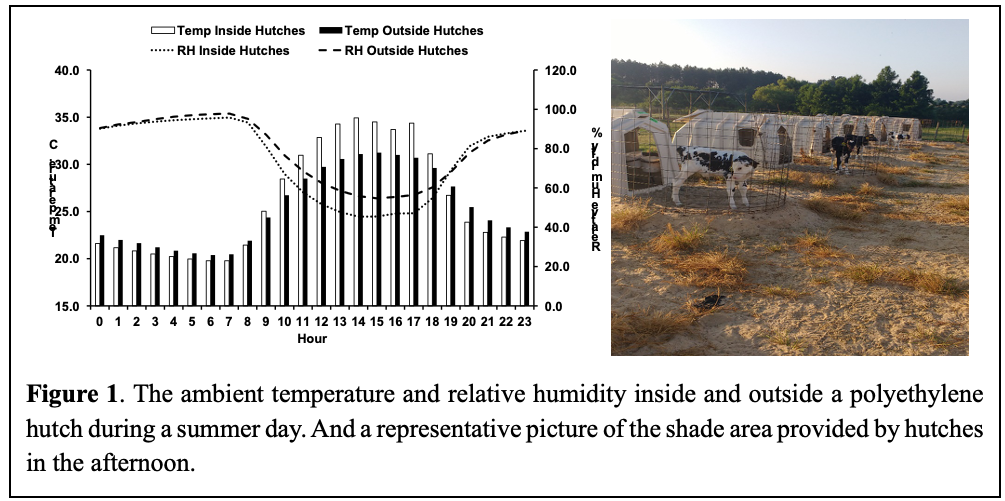
Caroline Guzi Savegnago, Ph.D. Student Sha Tao, Ph.D., Associate Professor, stao@uga.edu/706-542-0658 Department of Animal and Dairy Science, UGA Heat stress continues to be a challenge for the dairy industry, causing major economic losses. High temperatures and relative humidity commonly seen in the Southeast create a challenging environment that negatively impacts calf performance and welfare. Calves…
Posted in: General Communication -

Lane O. Ely, Ph. D. | Professor Emeritus | Department of Animal and Dairy Science, UGA | laneely@uga.edu Forages have always been an integral part of the feeding program for dairy cows. As a ruminant, the dairy cow needs forage in her diet. Whether the forages are grazed or fed as preserved feeds, they are critical…
-
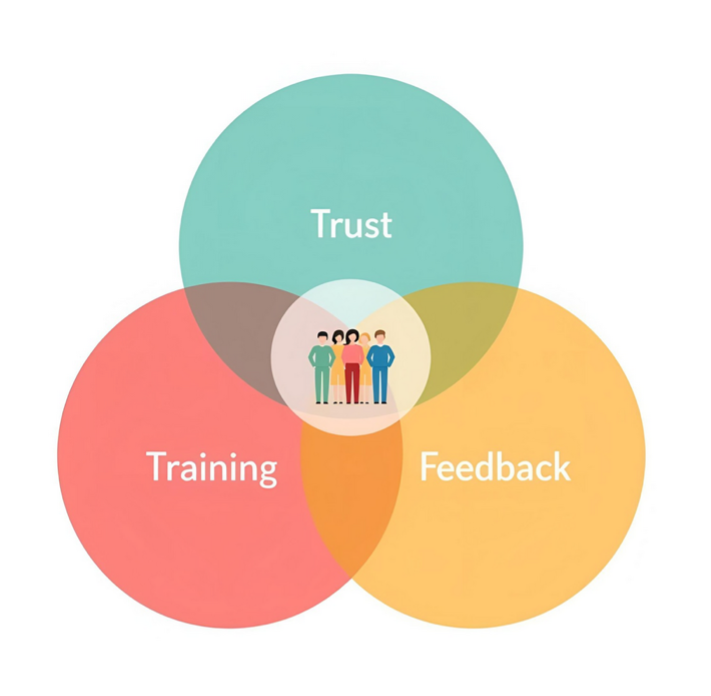
Dr. Jillian Bohlen, Associate Professor and Dairy Extension Specialist 706-542-9108 / jfain@uga.edu Every business faces what are often called “hidden threats.” In production agriculture, those threats might be dangerous situations or unnoticed vulnerabilities. While such risks can take many forms, some of the most damaging are the ones that come from within the workforce itself.…
Posted in: General Communication -

Click to see the full Georgia DHIA Reports for June 2025-August 2025.
Posted in: General Communication -

Lane O. Ely, Ph.D. Professor Emeritus | laneely@uga.edu Department of Animal and Dairy Science, UGA This spring John Bernard, Larry Guthrie, Joe West, Lane Ely and Warren Gilson held a mini reunion of University of Georgia Extension Dairy Scientists. Joe West had commented that “the last time most of us were together was for Jim Smith’s…
Posted in: General Communication -
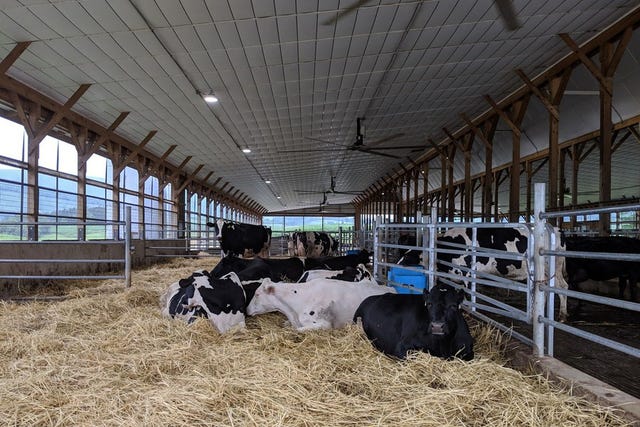
Brad Heins, DVM, MFAM, Clinical Assistant Professor, Beef Production Medicine, 706-542-4312/bheins@uga.edu Emmanuel Rollin, DVM, MFAM, Clinical Associate Professor, Dairy Production Medicine, 706-202-7821/Emmanuel@uga.edu Department of Population Health, College of Veterinary Medicine, University of Georgia, Athens GA With the significant demands placed on cows prior to calving and the onset of lactation, it is vital that the dairy manager…
Posted in: General Communication -

Note for Herds by Test Day Milk/Fat Production: Minimum herd or permanent string size of 20 cows. Yearly average calculated after 365 days on test. Test day milk, marked with an asterisk (*), indicates herd was milked three times per day (3X). Information in this table is compiled from Dairy Records Management Systems Reports (Raleigh, NC). GA…
Posted in: General Communication -
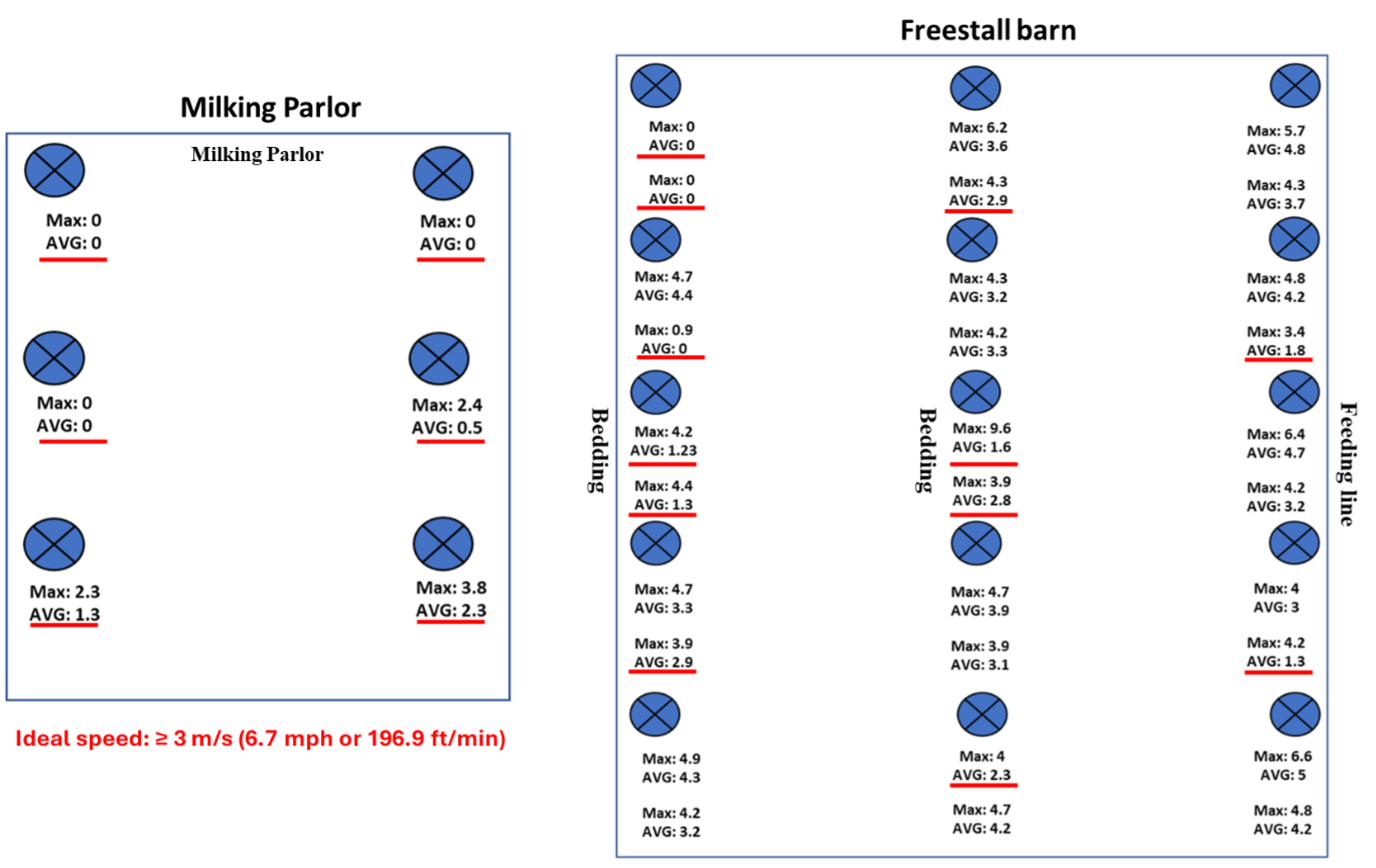
Thiago Nogueira Marins, Ph.D. Candidate Sha Tao, Ph.D., Associate Professor, stao@uga.edu/706-542-0658 Department of Animal and Dairy Science, UGA It is widely recognized that heat stress causes negative impact on the performance, health, and welfare of dairy cattle. The levels of heat experienced by dairy cows are influenced by production systems and management practices to which…
-
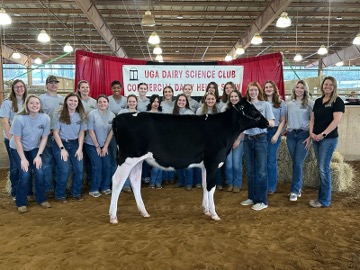
Dr. Jillian Bohlen, Associate Professor (706-542-9108 / jfain@uga.edu) Each year, the Commercial Dairy Heifer Project brings together a diverse group of young people with a common interest, the dairy heifer. During their time in the project, these youth grow, develop, and learn not just about their heifer but also about the industry and themselves. This project would…
Posted in: General Communication -

Anderson A.C. Alves, PhD – Assistant Professor, Department of Animal and Dairy Science (e: alvesand@uga.edu, p: 706-542-9105; web: www.alveslab.org0 Monitoring feeding and activity behavior in dairy and beef cattle has gained significant attention due to its strong association with productivity, efficiency, and animal welfare. Continuous behavioral monitoring in lactating cows allows farmers to detect early signs of…
